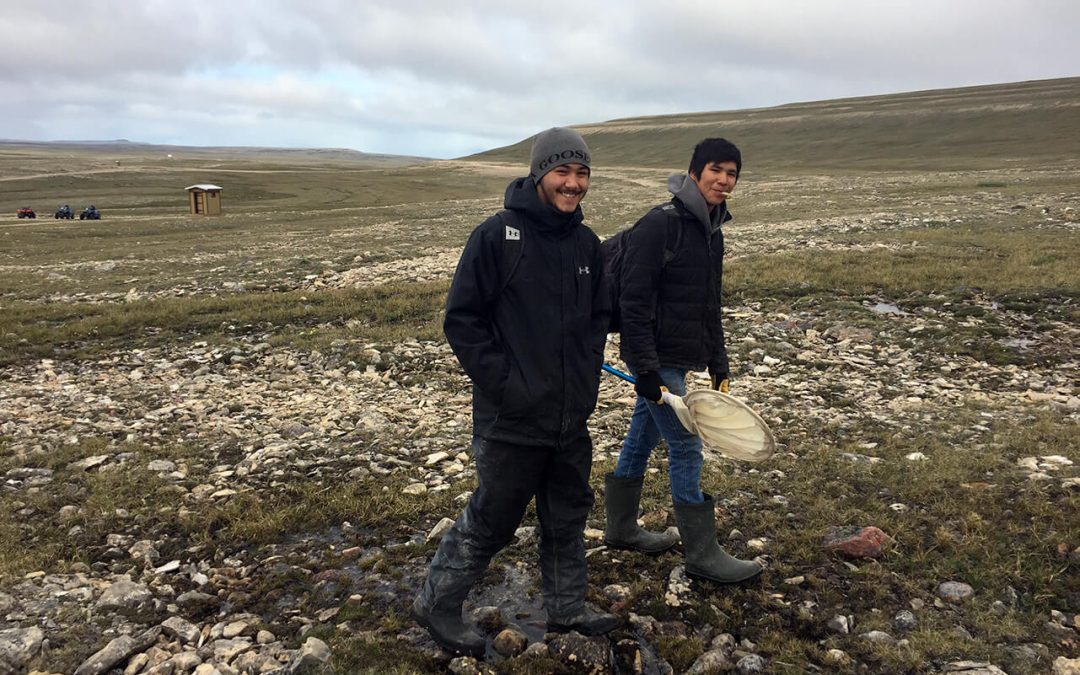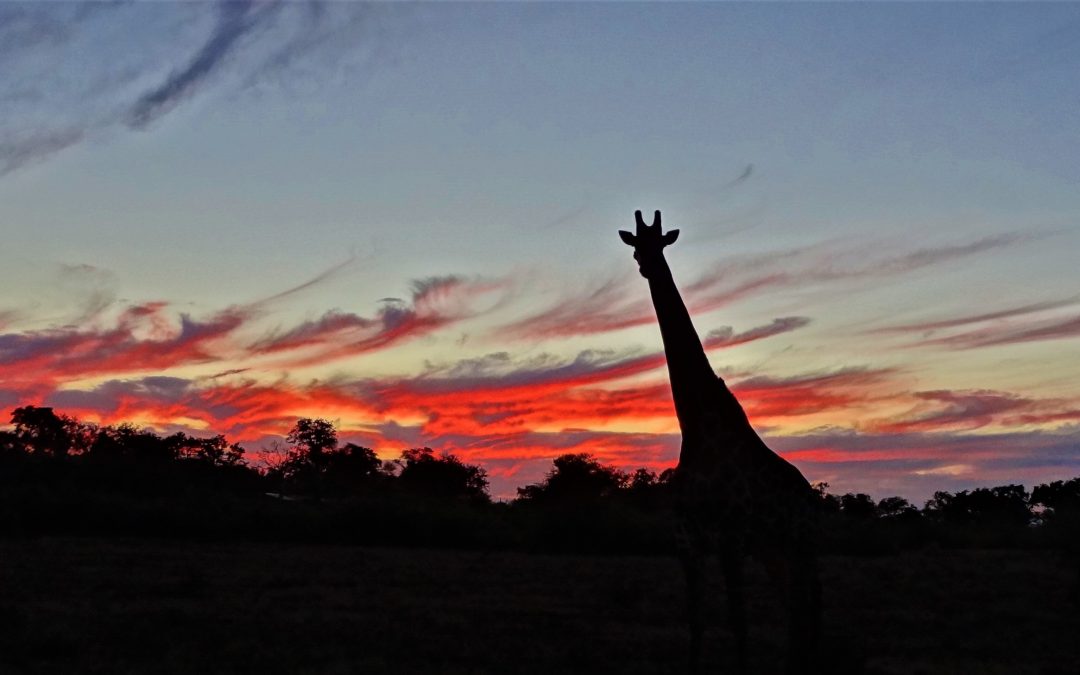The Kruger Malaise Program reveals just how quickly DNA barcoding can provide in-depth and broad-scale information for regions where past research has largely been focused on particular taxonomic groups. While one of the only comprehensive field guides for insects in South Africa contains 1,200 species – those that are ‘abundant, widespread, conspicuous, large or unusual’ – the Kruger Malaise program has largely uncovered the rare, small, inconspicuous, yet ecologically important, species.
In 2013, SANParks developed a biodiversity monitoring strategy but its activation has been very mixed across the 19 parks. Some began their monitoring efforts by focusing on rare species, while others used key indicator groups. But there have been no standardized techniques implemented across all parks, and there has been little monitoring of insects at a large scale, mainly because of the lack of taxonomic expertise. A program involving DNA technology makes large-scale biomonitoring of these national parks possible.
The KMP has been a huge success with the next steps set to fine tune logistics before its expansion to other parks and, ideally, to identify specific sites in Kruger for ongoing monitoring. The program also provided a test bed for TRACE (Tracking the Response of Arthropod Communities to Changing Environments), a major research theme within the 7-year, $180 million BIOSCAN program. Its success has demonstrated the feasibility of extending this work in other national parks within South Africa and on a global scale. In doing so, BIOSCAN will lay the foundation for a DNA-based global biodiversity observation system, similar to the monitoring systems that have been recording weather patterns since the 1800s. BIOSCAN has a grand vision, one that is necessary if we are to truly identify, understand, and manage the global decline in insects.















































